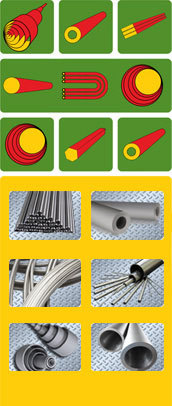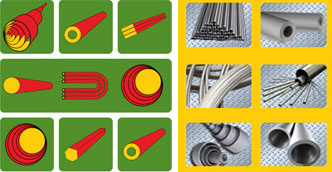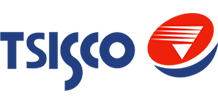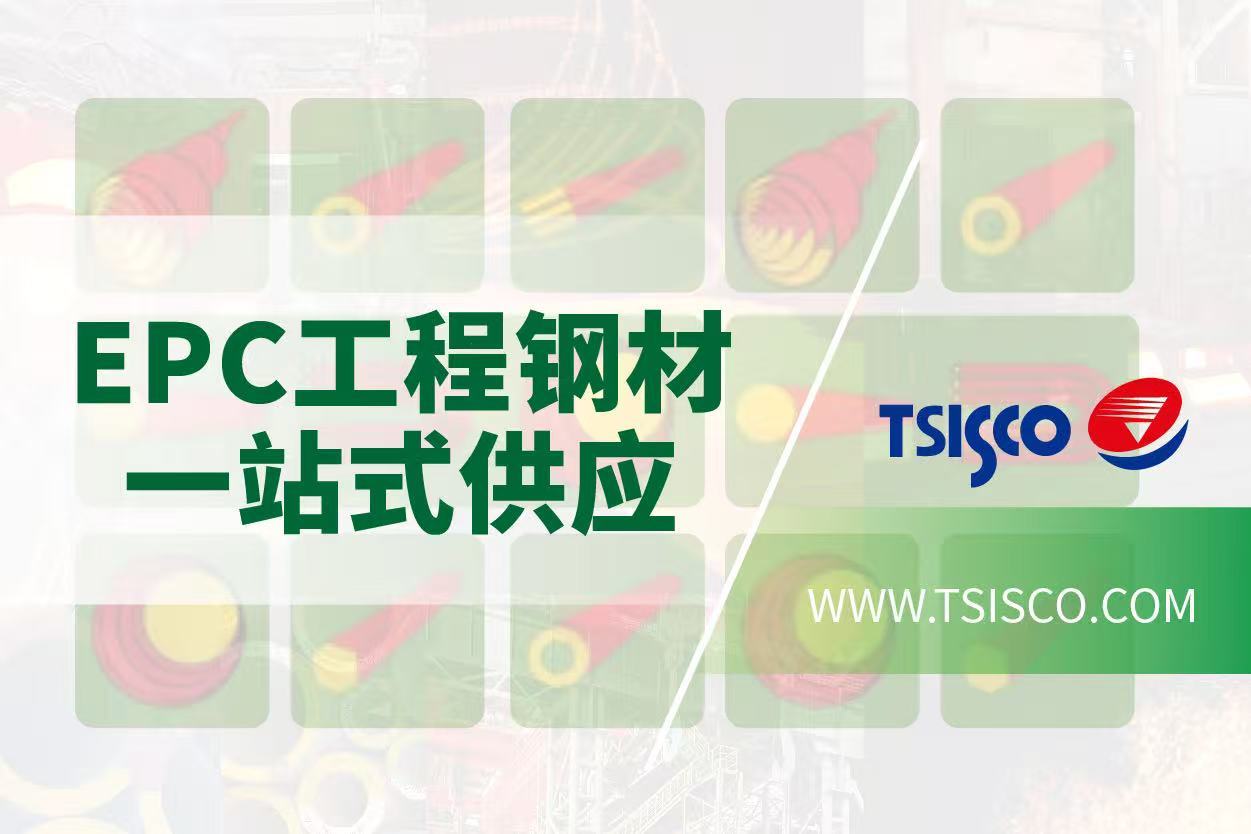-
 Industries Overview公司产品主要运用于核电、石油、石化、化工、电力、汽车、造船、化肥、医药、造纸、制糖、机械制造等工业装备行业。
Industries Overview公司产品主要运用于核电、石油、石化、化工、电力、汽车、造船、化肥、医药、造纸、制糖、机械制造等工业装备行业。 -
 Products & Solutions我们的产品:黑色金属矿原料(镍矿、镍铁、铬铁、锰铁、硅铁等)、无缝管、焊管、中厚板、板卷、棒材、 盘条、盘丝、管件、法兰、铸件等。
Products & Solutions我们的产品:黑色金属矿原料(镍矿、镍铁、铬铁、锰铁、硅铁等)、无缝管、焊管、中厚板、板卷、棒材、 盘条、盘丝、管件、法兰、铸件等。 -
 Community公司凭借良好的信誉、完善的服务和充足的资源,在同行业中树立了良好的口碑。
Community公司凭借良好的信誉、完善的服务和充足的资源,在同行业中树立了良好的口碑。 -
 Process Visualization公司产品主要运用于核电、石油、石化、化工、电力、汽车、造船、化肥、医药、造纸、制糖、机械制造等工业装备行业。
Process Visualization公司产品主要运用于核电、石油、石化、化工、电力、汽车、造船、化肥、医药、造纸、制糖、机械制造等工业装备行业。 -
 About Us上海鑫鑫荣特钢材料有限公司于2012年通过德国莱茵检测认证服务有限公司TUV Rheinland 的ISO9001国际质量体系认证,现正和英国英国船级社子公司劳氏质量认证公司 LRQA (Lloyd's Register Quality Assurance)申请认证通过ISO9001质量体系、ISO14001国际环境管理体系和ISO45001职业健康管理体系国际认证。
About Us上海鑫鑫荣特钢材料有限公司于2012年通过德国莱茵检测认证服务有限公司TUV Rheinland 的ISO9001国际质量体系认证,现正和英国英国船级社子公司劳氏质量认证公司 LRQA (Lloyd's Register Quality Assurance)申请认证通过ISO9001质量体系、ISO14001国际环境管理体系和ISO45001职业健康管理体系国际认证。
ISO Certification

| 1. ISO 9001(EN) | 2. ISO 9001(CN) | 3. ISO 14001(EN) |
| 4. ISO 14001(CN) | 5. ISO 45001(EN) | 6. ISO 45001(CN) |
| 7. Certificate | 8. 认证证书 | 9. Zertifikat |
| 10. Cертификат | 11. Certificat | 12. 인증서 |
| 13. 登録認証書 | 14. Certificado | 15. Certificato |
| 16. Certificado | 17. प्रमाण पत्र | 18. شهادة |
What is the benefit of Iso 9001, ISO 45001 and ISO 14001?
ISO 9001, ISO 45001, and ISO 14001 are three internationally recognized standards that focus on quality management, occupational health and safety management, and environmental management, respectively. The benefits of implementing these standards can vary depending on the organization's size, industry, and specific objectives. Here are some of the general benefits of each standard: 1. ISO 9001 Quality Management System (QMS)
* Helps organizations improve their overall quality performance and customer satisfaction
* Provides a framework for continuous improvement and risk management
* Increases efficiency and productivity by reducing errors and waste
* Enhances the organization's reputation and competitive advantage
* Facilitates access to new markets and customers
2. ISO 45001 Occupational Health and Safety Management System (OHSMS)
* Provides a systematic approach to managing occupational health and safety risks
* Helps to reduce workplace accidents and injuries, and thus reduces costs associated with them
* Enhances employee morale and engagement by demonstrating a commitment to their health and safety
* Facilitates compliance with legal and regulatory requirements
* Improves the organization's reputation and stakeholder confidence
3. ISO 14001 Environmental Management System (EMS)
* Helps organizations manage their environmental impacts and comply with regulatory requirements
* Reduces environmental risks and liabilities
* Improves efficiency and reduces waste, resulting in cost savings
* Enhances the organization's reputation and stakeholder confidence
* Increases access to new markets and customers who prioritize sustainability.
In summary, implementing these standards can bring numerous benefits to an organization, including improved performance, cost savings, enhanced reputation, and access to new markets.
What should an enterprise do if it is certified by ISO 9001, ISO 45001, and ISO 14001?
If an enterprise is certified by ISO 9001, ISO 45001, and ISO 14001, it should continue to maintain and improve its management systems to ensure ongoing compliance with the standards. Here are some actions that an enterprise should consider:
1. Maintain compliance with the standards: The enterprise should ensure that its management systems continue to meet the requirements of ISO 9001, ISO 45001, and ISO 14001. This may involve regular internal audits and external assessments to verify compliance.
2. Continuously improve its processes: The enterprise should aim to continuously improve its processes to enhance quality, occupational health and safety, and environmental performance. This can be achieved through the implementation of a continuous improvement process such as Plan-Do-Check-Act (PDCA).
3. Monitor performance: The enterprise should regularly monitor its performance against key performance indicators (KPIs) related to quality, occupational health and safety, and environmental management. This can help identify areas for improvement and support informed decision-making.
4. Involve employees: The enterprise should involve employees in the implementation and improvement of its management systems. This can help increase engagement and ownership, as well as identify opportunities for improvement.
5. Communicate the benefits of certification: The enterprise should communicate the benefits of certification to its stakeholders, including customers, suppliers, and employees. This can help increase stakeholder confidence and support for the enterprise's management systems.
In summary, an enterprise that is certified by ISO 9001, ISO 45001, and ISO 14001 should continue to maintain and improve its management systems to ensure ongoing compliance and reap the benefits of certification.
What should a steel company do specifically if he is certified by ISO 9001, ISO 45001 and ISO 14001, different from other companies?
If a steel company is certified by ISO 9001, ISO 45001, and ISO 14001, it means that they have implemented robust quality, occupational health and safety, and environmental management systems. As a result, they should focus on specific actions to leverage their certifications and stand out from other companies, including:
1. Emphasize their commitment to quality, safety, and environmental sustainability in their marketing and communication efforts. They can highlight their certifications on their website, marketing materials, and product packaging to demonstrate their credibility and differentiation from competitors.
2. Continuously improve their processes and systems by leveraging the feedback from their quality, health and safety, and environmental management systems. They can use this feedback to identify areas for improvement and implement corrective actions that reduce waste, improve efficiency, and minimize risks.
3. Engage with their stakeholders, including customers, suppliers, employees, and local communities, to communicate their commitment to quality, safety, and environmental sustainability. They can use their certifications as a platform to build trust, improve relationships, and foster collaboration.
4. Invest in training and development programs that enhance the skills and knowledge of their employees related to quality, health and safety, and environmental sustainability. They can use their certifications as a way to demonstrate their commitment to employee development and promote a culture of continuous learning.
5. Monitor and measure their performance against key quality, health and safety, and environmental sustainability indicators. They can use this data to track their progress, identify trends, and make data-driven decisions that lead to improved performance and outcomes.
Overall, being certified by ISO 9001, ISO 45001, and ISO 14001 should be seen as an opportunity for a steel company to differentiate themselves from competitors, demonstrate their commitment to quality, safety, and environmental sustainability, and continuously improve their operations and systems.
This is Title One h1 Placeholder Text



We Use Cookies
We use cookies and other tracking technologies to enhance your browsing experience, provide personalized content and targeted advertisements, analyze website traffic, and understand visitor behavior.
These include both first-party and third-party cookies. Some data collected through cookies may be stored on our servers to help us improve our website and services. Other cookies are managed by trusted third-party providers (such as Google Analytics), and the information they collect is stored on their platforms in accordance with their own privacy policies.
We Use Cookies
We use cookies and other tracking technologies to enhance your browsing experience, provide personalized content and targeted advertisements, analyze website traffic, and understand visitor behavior.
These include both first-party and third-party cookies. Some data collected through cookies may be stored on our servers to help us improve our website and services. Other cookies are managed by trusted third-party providers (such as Google Analytics), and the information they collect is stored on their platforms in accordance with their own privacy policies.
Essential cookies are required for core website functions, such as security, authentication, and payment. These cookies are always active and do not collect personally identifiable information.
These cookies help us understand how visitors interact with our website—for example, by tracking page visits and traffic sources—so we can improve site performance and user experience. Disabling them may limit our ability to analyze and enhance the services we provide.
These cookies enable enhanced features and personalization on our website, such as remembering your preferences or enabling third-party tools. They may be set by us or by trusted partners. If you choose to disable them, some features may not work as intended.
These cookies help us understand what you are interested in so that we can show you relevant advertising on other websites. Turning these cookies off will mean we are unable to show you any personalized advertising.



